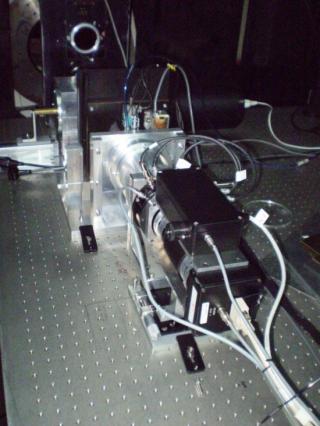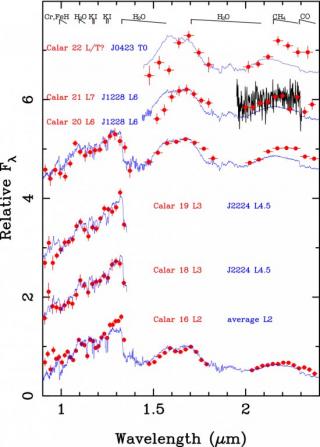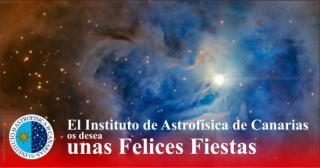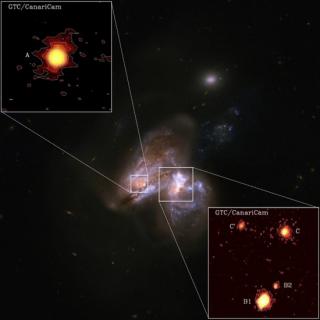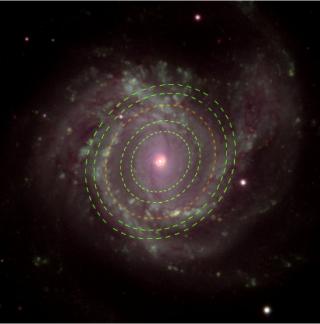
The incidence and properties of present-day dwarf galaxies hosting massive black holes (BHs) can provide important constraints on the origin of high-redshift BH seeds. Here we present high-resolution X-ray and radio observations of the low-metallicity, star-forming, dwarf-galaxy system Mrk 709 with the Chandra X-ray Observatory and the Karl G. Jansky Very Large Array (VLA). These data reveal spatially coincident hard X-ray and radio point sources with luminosities suggesting the presence of an accreting massive BH (M BH ∼ 10 5−7 M ⊙). Based on imaging from the Sloan Digital Sky Survey (SDSS)
Advertised on
